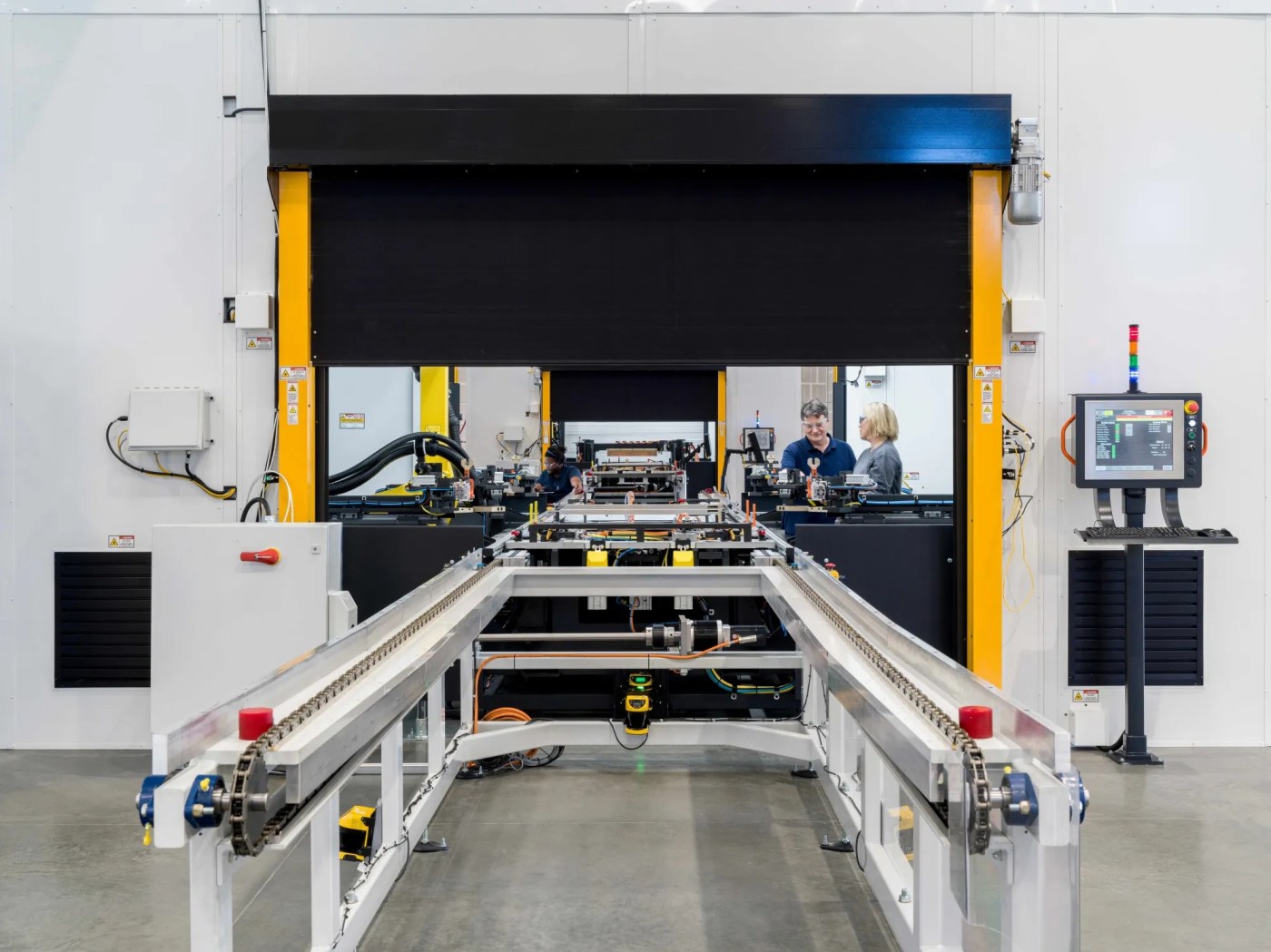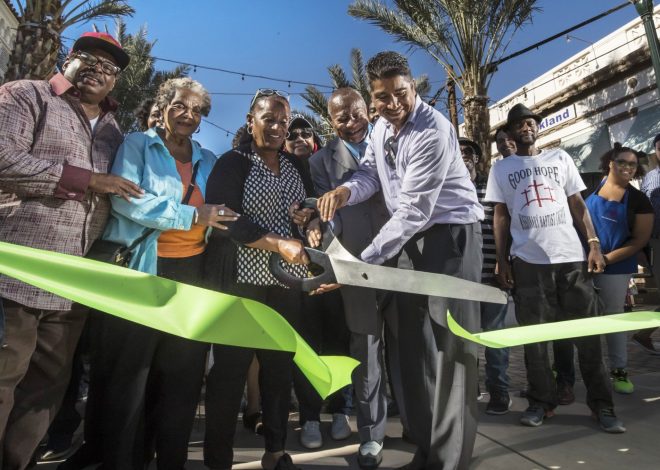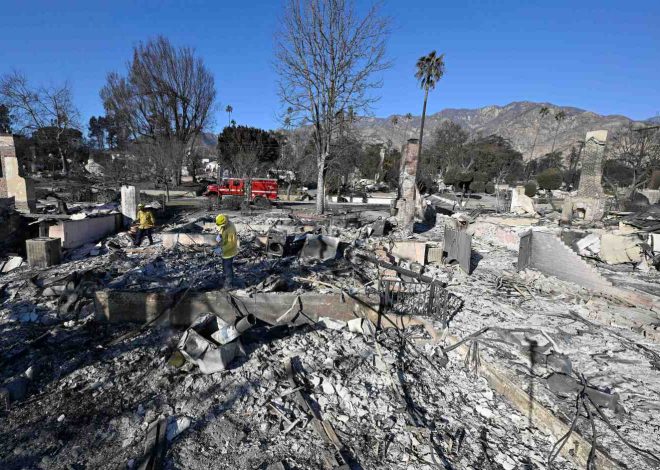
Hydrogen startup Verdagy opens San Jose plant at risky moment
By David R Baker | Bloomberg
A laser-wielding robot hovers over a nickel tray in Verdagy Inc.’s new California factory, inspecting the seams of what will become an electrochemical cell. Rather than a battery, it’s the heart of a machine that could one day fuel a hydrogen-powered economy — if that economy ever arrives.
Startup Verdagy makes electrolyzers, devices that split water into hydrogen and oxygen. The US Department of Energy awarded the company a nearly $40 million grant this spring to help get the plant up and running as part of the Biden administration’s multi-billion-dollar effort to spur production and use of the climate-friendly fuel. Verdagy, which has raised $104 million in venture funding, will celebrate the plant’s opening Wednesday in a cavernous industrial building near San Jose.
RELATED: Is nuclear power making a comeback? And could it even happen in California?
Many analysts see the fuel as key to decarbonizing heavy industry since it can be made and burned without spewing greenhouse gases. But Verdagy begins making cells at a difficult moment for the hydrogen industry. Potential buyers have been slow to adopt the fuel due to the high costs and the need to purchase expensive new machinery to use it. And enough companies — many based in China — now make electrolyzers so that with manufacturing capacity far exceeding demand, according to research firm BloombergNEF.
Related Articles
Los Gatos council set to repeal all-electric requirement for new buildings
Is nuclear power making a comeback? And could it even happen in California?
Silicon Valley Clean Energy Dream Home rolls into Milpitas
How your future car could power your California home
Elias: Gov. Newsom committing to big wind power projects risky right now
Verdagy is betting its particular take on the technology will give it an advantage, though. The company’s advanced alkaline electrolyzers are designed to last 25 years, said Chief Executive Officer Marty Neese, compared to six to eight years for the older alkaline machines many Chinese companies produce. Verdagy’s model is also capable of ramping up and down quickly to respond to the varying output of solar and wind farms, unlike standard electrolyzers. Plus, the company’s technology is geared toward high-volume hydrogen production: While electrolyzers can be made in various sizes, Verdagy specializes in industrial-sized machines.
“We clearly have to have a better mousetrap, all the way around,” Neese said in an interview at the plant, adding the company can “be as competitive domestically as anybody on the planet.”
The federal government has placed a premium on manufacturing clean-energy technologies in the US. Sunita Satyapal, director of the Energy Department’s Hydrogen and Fuel Cell Technologies Office, said that with large-scale electrolysis, the size and complexity of the gear will favor building it in the same market where it’s going to be used.
RELATED: ‘A game changer’: How giant batteries are making California’s power grid stronger
“It’ll get hard and harder — as these technologies scale up — to really envision gigawatt-scale technologies being imported,” she said. “We see the bulk of the manufacture and assembly closer to the demand.”
For now, most of Verdagy’s new factory is empty space. The company has installed enough equipment, including two welding bays, to make its electrolyzer cells and will add machinery for more components over time. The output will help Verdagy build a hydrogen production plant in the Houston area with access to a dedicated hydrogen pipeline to move the gas. The Texas facility, which the company plans to put into operation in 2026, will show potential customers how well its electrolyzers work.
“It’s an enabler to get the first units moving, the first sales going, and then we’ll go from there,” Neese said.
More stories like this are available on bloomberg.com
©2024 Bloomberg L.P.


